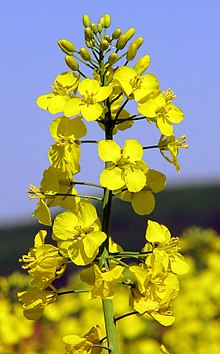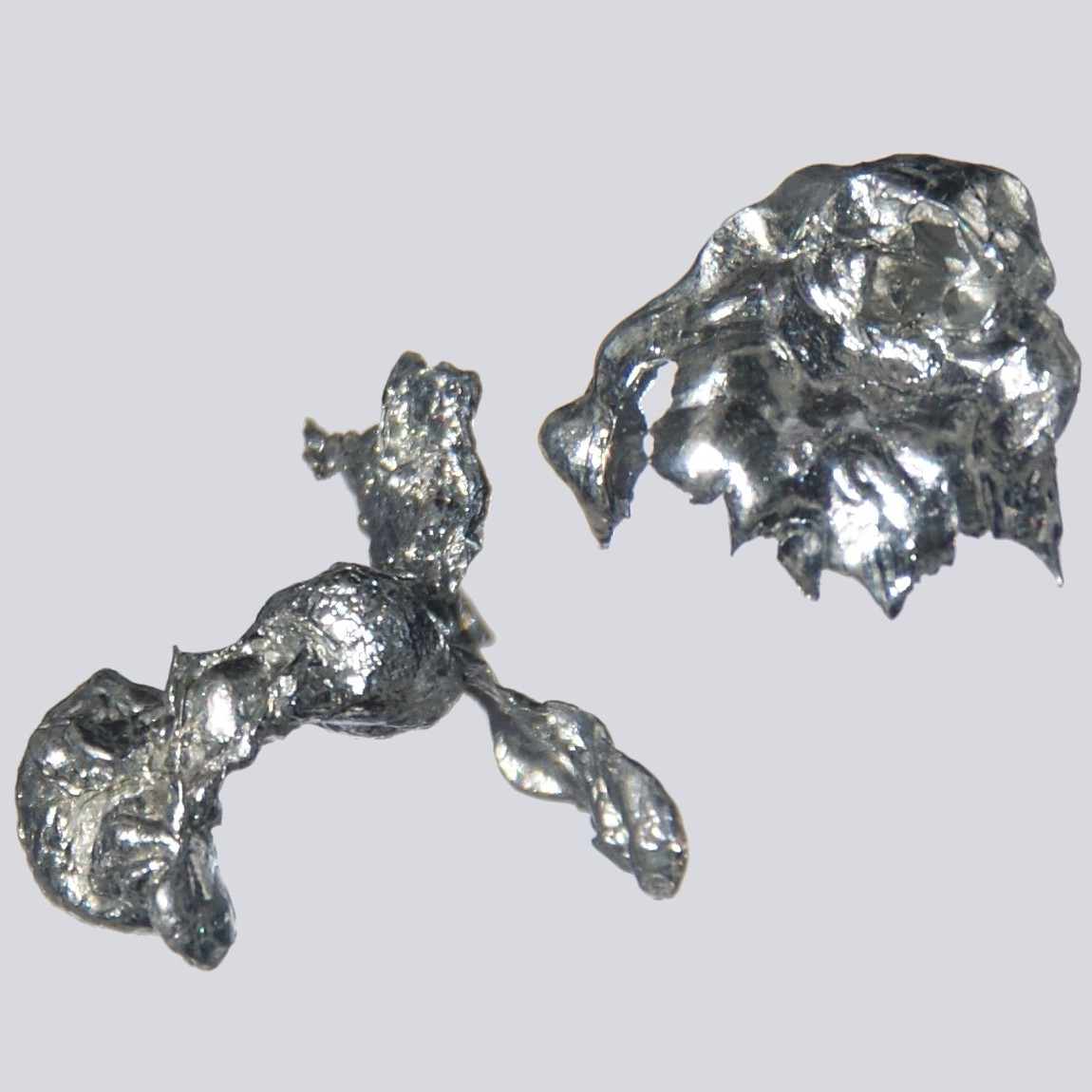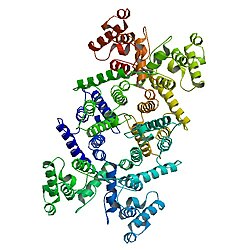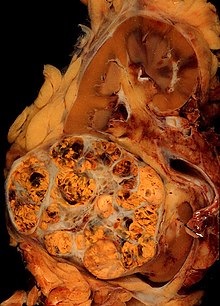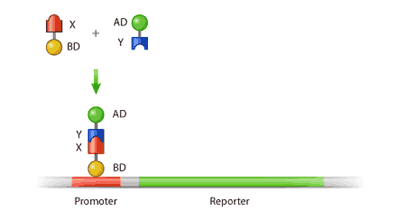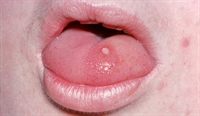Díaz-Palma Paula, Alfaro Gleny, Hengst Martha, Pozo Patricia, Stegen Susana, Queirolo Fabrizio,Rojo Gonzalo, Silva Pedro, Arias Diana, Gallardo Karem and Contreras-Ortega Carlos

Abstract
Background: The purpose of this study was to identify arsenite-oxidizing halobacteria in samples obtained from Salar de Punta Negra, II Region of Chile. Seven bacterial isolates, numbered as isolates I to VII, grown in a culture medium with 100 ppm as NaAsO2 (As (III)) were tested. Bacterial growth kinetics and the percent of arsenite removal (PAR) were performed simultaneously with the detection of an arsenite oxidase enzyme through Dot Blot analysis.
Results: An arsenite oxidase enzyme was detected in all isolates, expressed constitutively after 10 generations grown in the absence of As (III). Bacterial growth kinetics and corresponding PAR values showed significant fluctuations over time. PARs close to 100% were shown by isolates V, VI, and VII, at different times of the bacterial growth phase; while isolate II showed PAR values around 40%, remaining constant over time.
Conclusion: Halobacteria from Salar de Punta Negra showed promising properties as arsenite removers under control conditions, incubation time being a critical parameter.
Keywords: Arsenic, Removal, Halobacteria, Arsenite-Oxidase
Download Full Article HERE



